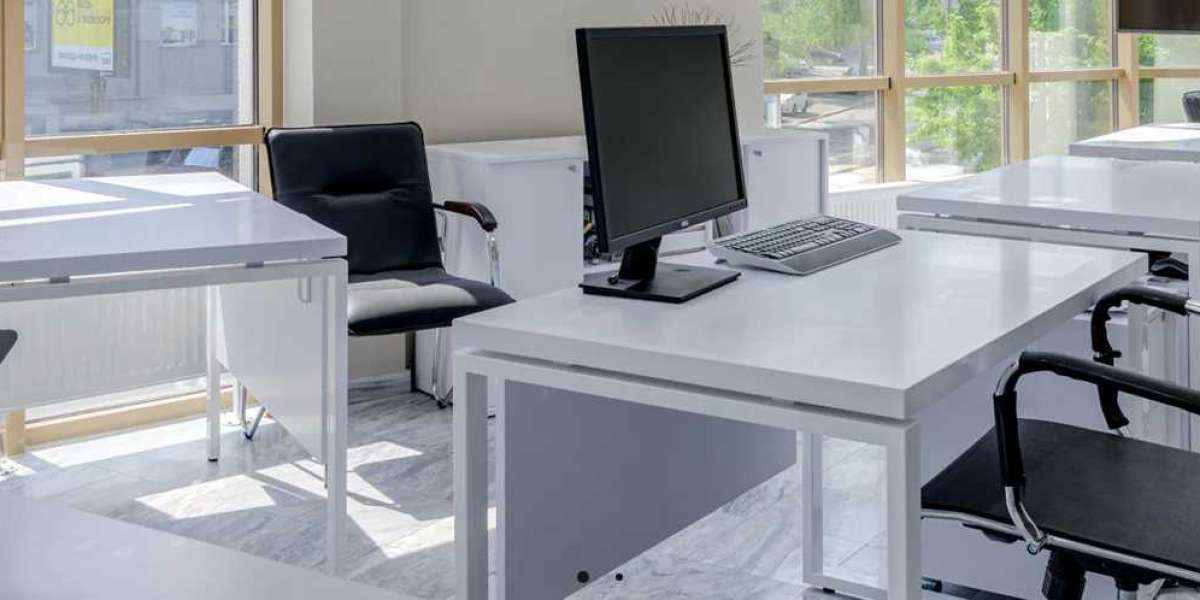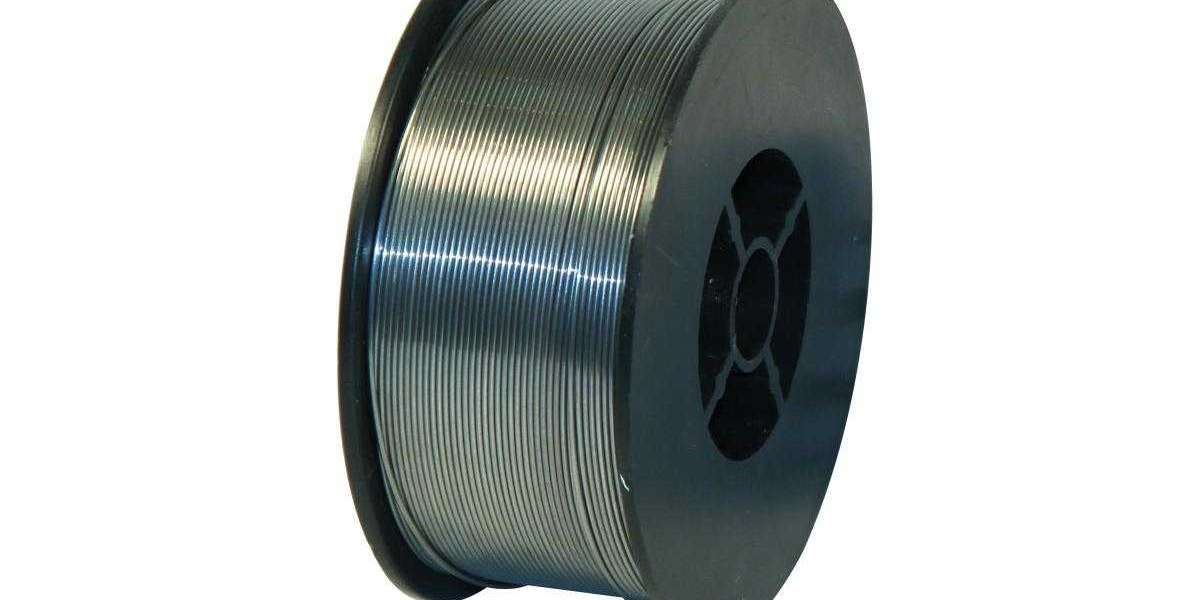Eco-friendly office furniture is becoming increasingly important as businesses aim to minimize their environmental impact and promote sustainability. Choosing sustainable furniture involves considering factors like materials, manufacturing processes, and lifecycle impact. Here’s a guide to making sustainable choices for eco-friendly office furniture:
1. Sustainable Materials
- Recycled Materials: Opt for furniture made from recycled materials such as reclaimed wood, recycled plastic, or metal. These materials reduce waste by repurposing what would otherwise end up in landfills.
- Certified Sustainable Wood: Look for wood furniture that carries certifications like FSC (Forest Stewardship Council) or PEFC (Programme for the Endorsement of Forest Certification), which ensure the wood is sourced from responsibly managed forests.
- Bamboo: Bamboo is a fast-growing, renewable resource that is increasingly used in office furniture. It’s durable, aesthetically appealing, and has a lower environmental footprint compared to hardwoods.
- Non-Toxic Finishes: Choose furniture with non-toxic, low-VOC (volatile organic compounds) finishes, which help maintain indoor air quality and reduce harmful emissions during production and use.
2. Durability and Longevity
- High-Quality Furniture: Invest in durable furniture designed to last. High-quality, well-constructed pieces reduce the need for frequent replacement, which minimizes waste and conserves resources over time.
- Timeless Design: Select furniture with a classic, timeless design that can outlast trends. This reduces the likelihood of needing to replace furniture for aesthetic reasons, further extending its life cycle.
- Repairability: Opt for furniture that is easy to repair or upgrade. Choosing modular pieces with replaceable parts can extend the life of the furniture and reduce waste.
3. Low-Impact Manufacturing
- Eco-Friendly Production Processes: Choose furniture manufacturers that use energy-efficient and environmentally friendly production processes. This might include using renewable energy, minimizing water and chemical use, and reducing waste during manufacturing.
- Local Production: Sourcing locally made furniture helps reduce the carbon footprint associated with transportation. Local production also often means more oversight into manufacturing practices.
- Certified Manufacturers: Seek out manufacturers with certifications like ISO 14001 (Environmental Management), which indicates they have committed to sustainable practices and minimizing environmental impact during production.
4. Circular Economy and Closed-Loop Systems
- Cradle to Cradle Design: Cradle to Cradle (C2C) certification assesses the sustainability of a product across its entire lifecycle, from material sourcing to recycling. Furniture with C2C certification is designed to be reused, recycled, or composted at the end of its life.
- Upcycled Furniture: Consider furniture made from upcycled materials. Upcycling repurposes waste materials into new, high-quality products, reducing the need for virgin materials.
- End-of-Life Recycling: Choose furniture that can be easily disassembled and recycled at the end of its life. Manufacturers that offer take-back programs or use materials that can be fully recycled contribute to a circular economy.
5. Second-Hand and Refurbished Furniture
- Refurbished Furniture: Buying refurbished furniture from reputable vendors helps reduce waste by giving previously used items a new life. Many refurbished items are restored to like-new condition, making them both eco-friendly and cost-effective.
- Second-Hand Marketplaces: Purchasing second-hand furniture from sources like Craigslist, Facebook Marketplace, or office liquidators prevents furniture from ending up in landfills and reduces the demand for new materials and production.
- Antique and Vintage Furniture: Antique and vintage furniture often boasts high-quality craftsmanship and longevity. Incorporating older pieces into the office can add character while promoting sustainable reuse.
6. Energy Efficiency
- Energy-Saving Technology: Consider furniture that incorporates energy-saving technology, such as desks with integrated energy management systems or lighting solutions that are energy efficient. This can contribute to a greener office environment.
- Smart Furniture: Smart furniture can reduce energy usage by integrating features like power-saving modes, motion sensors for lighting, and efficient charging systems for devices.
7. Ethical and Fair Trade Practices
- Fair Trade Certification: Seek out furniture that is ethically sourced and produced under fair trade practices. This ensures that workers are treated fairly, paid living wages, and work in safe conditions, contributing to a more sustainable and ethical supply chain.
- Social Responsibility: Look for manufacturers that are committed to social responsibility, such as using ethical labor practices, supporting local communities, and contributing to reforestation or conservation efforts.
8. Health and Wellbeing Considerations
- Non-Toxic Materials: Choose furniture made from non-toxic materials that promote a healthier indoor environment. Low-VOC finishes, formaldehyde-free glues, and natural textiles help reduce harmful emissions and improve air quality.
- Sustainable Textiles: Opt for natural and sustainable fabrics like organic cotton, wool, or hemp for upholstery. These materials are biodegradable, renewable, and often processed without harmful chemicals.
9. Certification and Labels to Look For
- Greenguard Certification: Ensures that the furniture contributes to healthier indoor air quality by emitting low levels of chemicals and pollutants.
- Ecolabel: An EU certification that guarantees products meet high environmental standards throughout their life cycle.
- BIFMA Level Certification: This certifies that the furniture meets sustainability performance standards in areas like material use, energy consumption, and social responsibility.
- Energy Star: For energy-efficient office furniture products like lighting or electronics integrated into furniture.
10. Adopt a Holistic Approach
- Holistic Design: When choosing eco-friendly office furniture, think beyond individual pieces. Consider the office as a whole and how the furniture contributes to a sustainable, healthy, and productive work environment. For example, choosing compact, multifunctional furniture can reduce space usage, lower energy costs, and create a more efficient workspace.
- Green Office Design: Pair sustainable furniture with other eco-friendly design choices, such as using natural light, adding plants for improved air quality, and implementing energy-efficient lighting and HVAC systems.
Conclusion
Eco-friendly office furniture is a smart investment for businesses looking to reduce their environmental footprint, support employee well-being, and promote sustainability. By choosing furniture made from sustainable materials, prioritizing durability, supporting ethical practices, and considering the entire lifecycle of the product, companies can create a greener workspace that aligns with their values and future sustainability goals.







